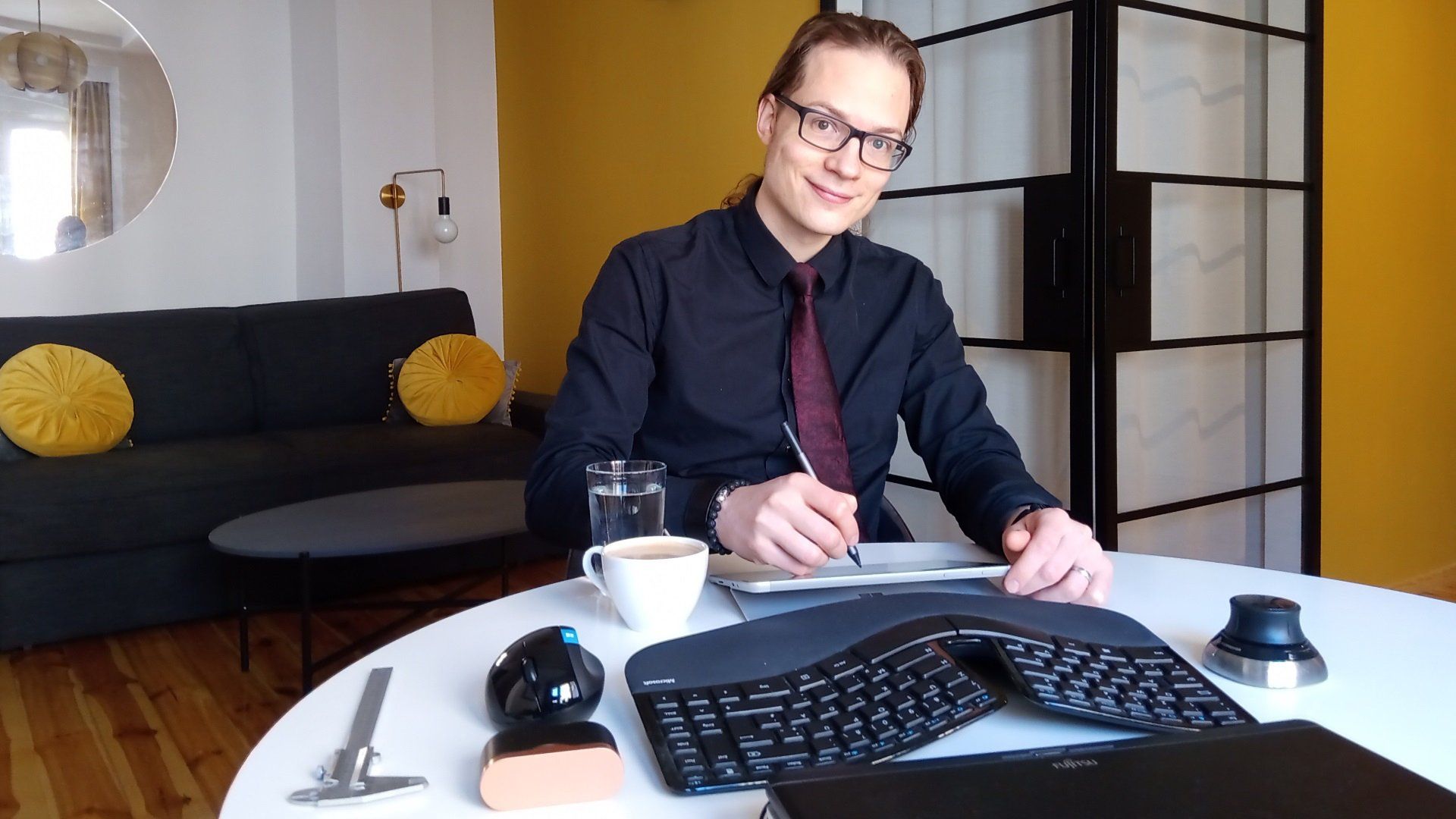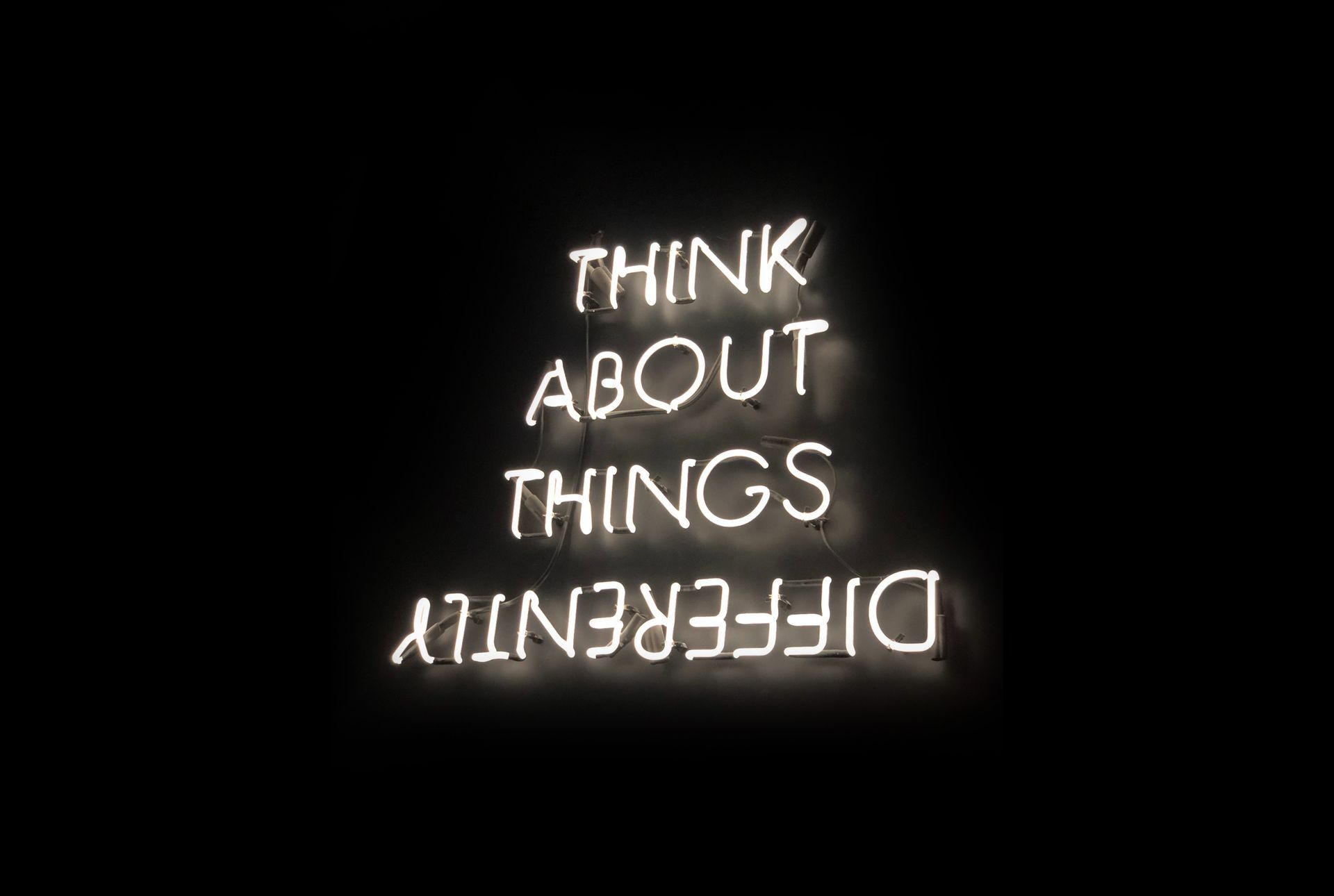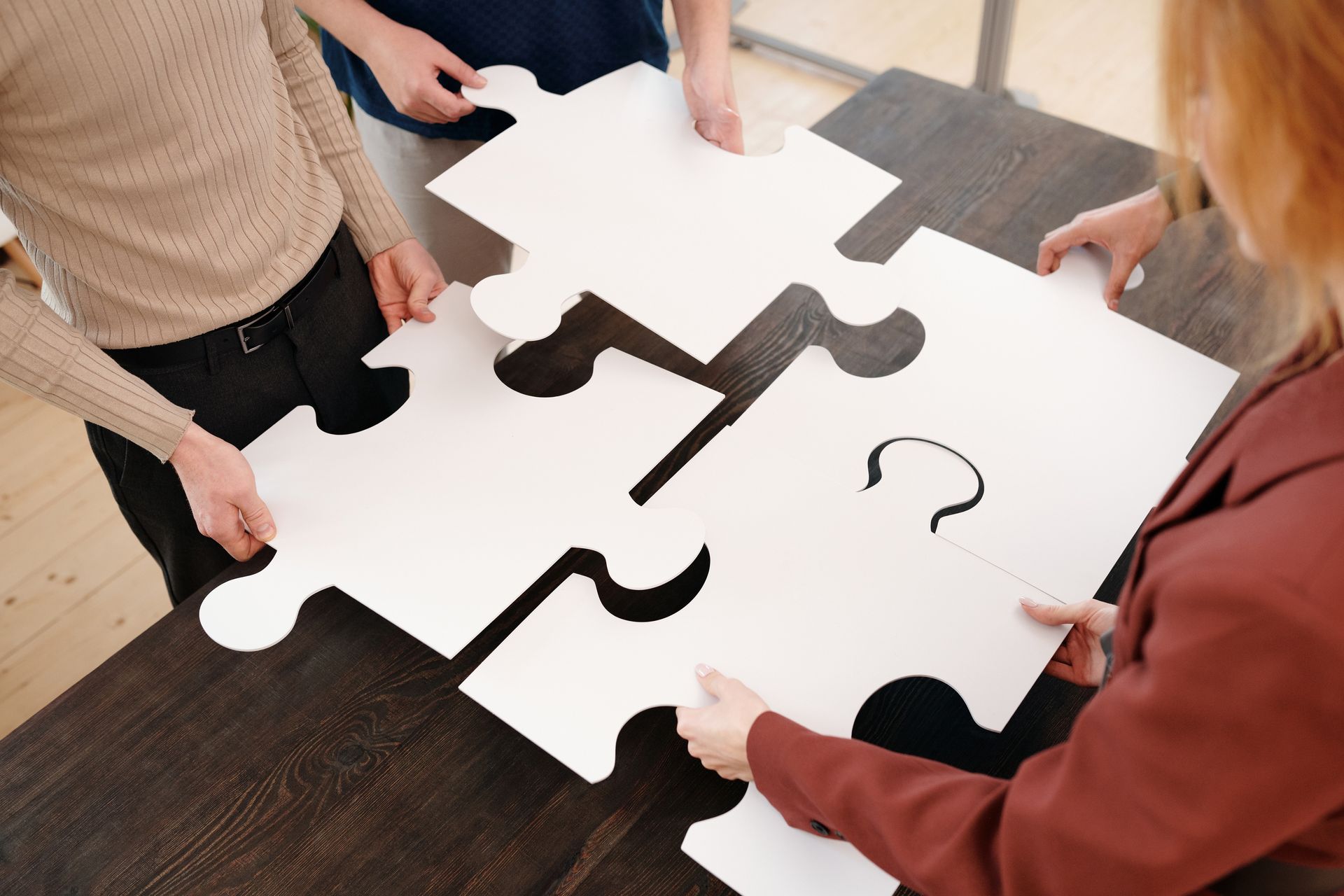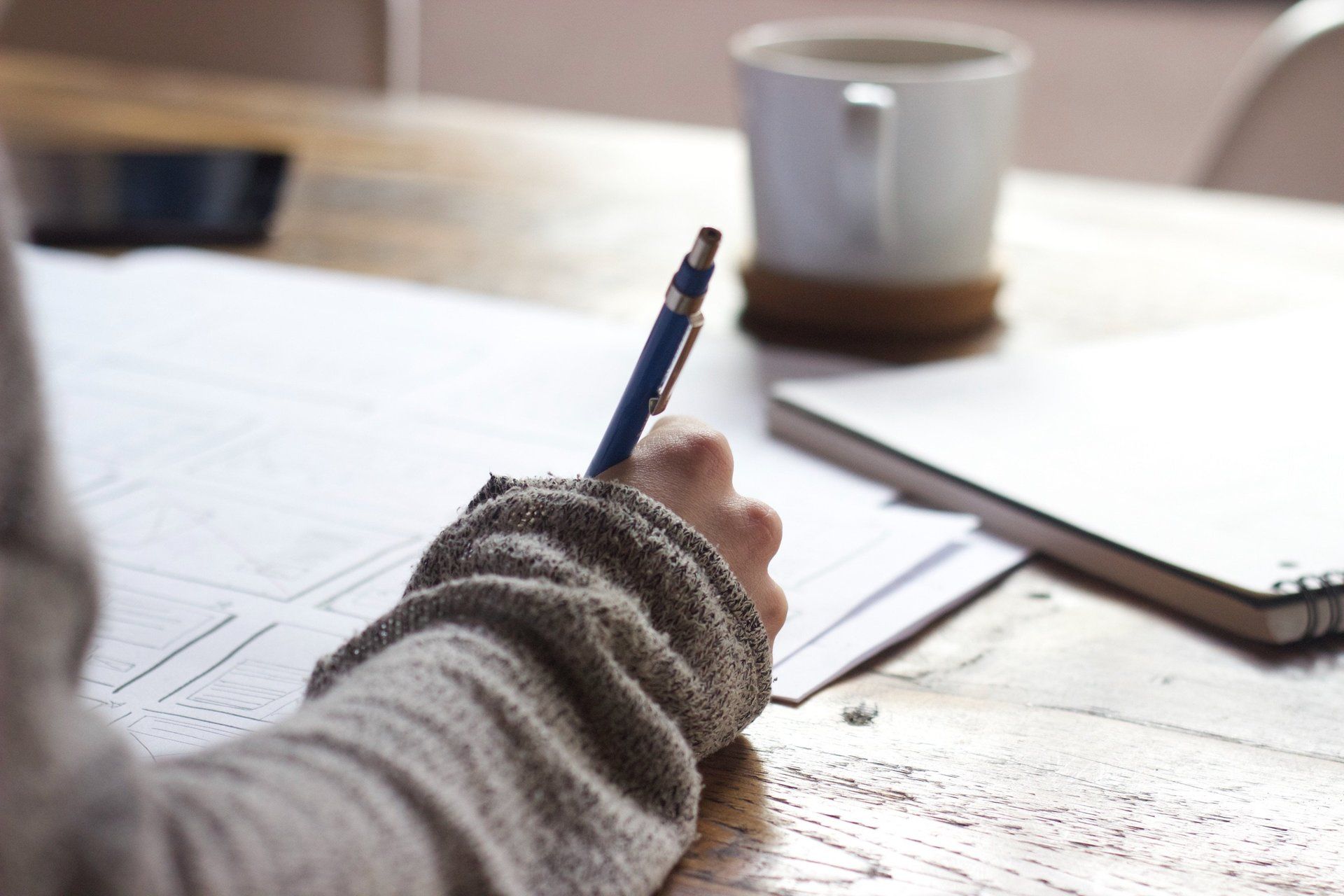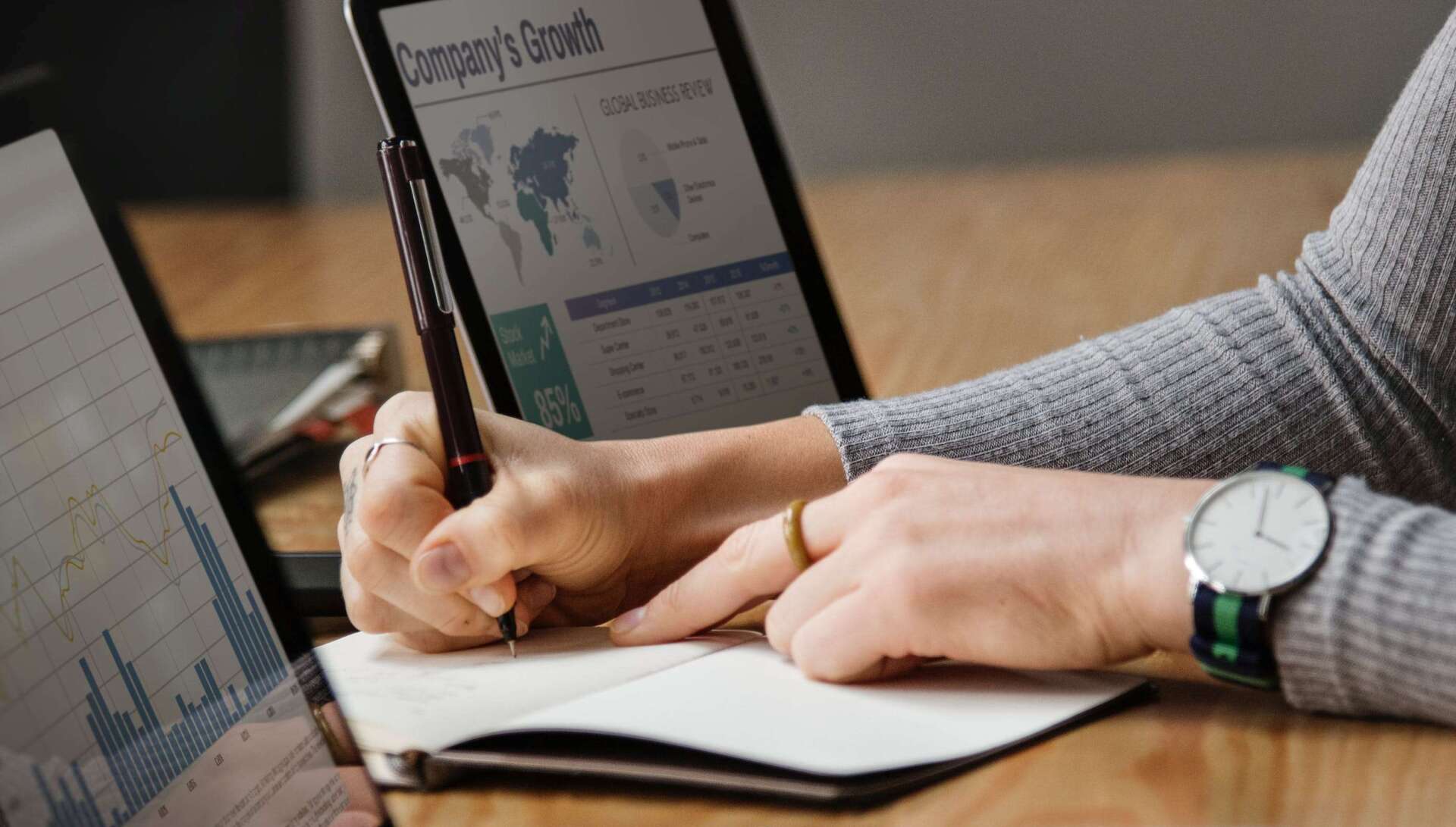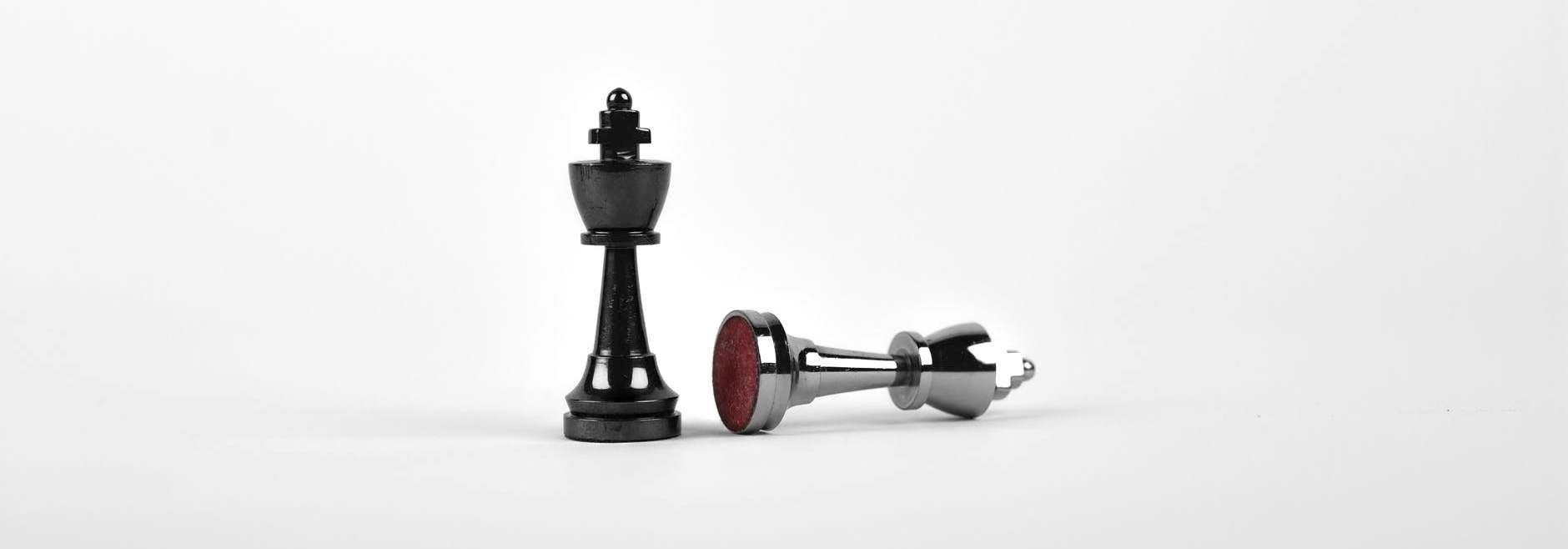
7 tricks for coming up with ideas for your new product
This article is for people that are excited about coming up with new ideas: inventors, startup founders, entrepreneurs, industrial designers, and problem solvers.
We’ll be focusing on the design of a laptop in this article. With a little imagination, the methods can be applied to many different assignments and areas of life.
Suppose you are entirely ready to start with the laptop design. You've discussed the project with your client or other stakeholders, researched the current market, and made your coffee. Now it is time to come up with some tangible results.
The blank screen or paper in front of you is staring back at you. Where to start? What should you do? How do you come up with something new and original?
If you try out the methods below, you’ll soon come up with many new ideas:
1. Start small
If you divide the main problem into smaller issues, it all becomes more manageable. Make a list of sub-issues that you're going to solve.
For example:
• What are the ideal main proportions?
• Which opening/closing mechanism is the best for my design?
• How can I optimize for ergonomic use?
• What is the best keyboard lay-out?
• Which ports are required and where should they be located?
• Which indication lights are required and where should they be?
• … and more
When you’re done with the list, come up with separate solutions for each of the items separately. After that, combine the sub-solutions into several master solutions.
If you’re working in a team, every team member could focus on one or more sub-solutions, which you could subsequentially join into product ideas.
2. Inspect your surroundings
Even if you divided the main problem into smaller issues, you could still find yourself without inspiration. However, inspiration can be gained through well-defined techniques. One of them is to look at inputs that are completely different from the problem you are solving.
The tiles on a wall could be an inspiration for an improvement in keyboard lay-out. Bright lights on e-scooters outside could trigger the idea for specific indication lights in your laptop design. The branches of the tree in front of your window could cause you to think of including an ergonomic stand with branches that keeps the laptop screen at the right height during use.
There's a more in-depth explanation of this technique (and many others) in my eBook: Activate Your Creativity.
3. Analyze something similar
With the previous techniques, you now got ideas for the lay-out, indication lights and laptop stand. Your client listed one of the criteria for the product: 'must have a hinge'. The tiles, e-scooters and trees may not be able to help you out here.
If looking for inspiration all around you does not work, zoom in and let yourself be inspired by products that have similar properties.
There are many other products with hinges. Think of doors, some types of lamps, maybe even parts of the chair you’re sitting on. Analyze the objects you have around you or search for them specifically and integrate your findings in sketches.
Adjust the hinges you found to make them fit your new laptop design. Make sure not to just copy anything you see, but use it as inspiration in an original way.
At this point it might feel like it doesn't make sense to use a lamp hinge in your design, but sketching ideas like these might spark new ideas that you would otherwise not have thought about.
At first, the sketches could be as simple as napkin sketches. The final hinge design might not look anything like the lamp hinge you used as inspiration, as it evolves during the process.
4. Look at the bigger picture
Although you now came up with new hinge solutions. You might question the need for a hinge. Maybe your client wrote 'must have a hinge', but actually meant that the final product should be easy and safe to carry. Using a hinge would be one possible means to get to that outcome, but maybe it can be obtained without using a hinge too.
Based on this, maybe one of your ideas could have a detachable screen that can be placed at a distance from the keyboard for ergonomic reasons. For carrying it safely and easily, the monitor snaps safely to the rest of the laptop.
5. Try the opposite
If you're in a creative rut, try to think out-of-the-box by seeing what happens if you're doing the opposite of what you were doing before. This technique can be used for details as well as larger issues.
Suppose the style of the laptop is somewhat off, it just looks too rounded. You could make all radiuses two or even five times smaller to see what it does with your design. Suppose white doesn't work on the model, try making it black. A slightly concave shape does not get the desired result, try a slightly convex one.
This technique helps you with increasing your output and exploring other parts of the range of possible solutions. For more specific examples of this trick that has helped me out many times, consider reading my ebook about creativity techniques.
6. Talk about it
Without having to give away all project details, you can discuss specific issues with someone else for fresh input. Suppose you’re figuring out how to make best use of the space available for the battery and other electronic components. It’s kind of a puzzle that you feel could be solved faster by asking someone else.
As you’re working for a client, confidentiality is important. Therefore, you create some simple cardboard puzzle pieces that don’t explain anything and ask a friend to work on your new 3D puzzle. If the client allows you disclosing the details later, you can tell your friend what it all was about.
Often, even just describing the issue to someone else sparks ideas in yourself. While you’re talking about it, the solution might come to you.
7. Do something else
You’ve now worked so hard on the project that all inspiration seems gone. Even though you now know you don’t have to wait for inspiration, because you know how to find it, using the techniques again suddenly does not bring you the results it did before. If this is the case, you could go for a common trick that works wonders. Do something else!
You’ve probably had that feeling before, when great ideas popped up when you were having a shower. This usually happens when you have been focusing on a problem for a sustained period of time and then take break. You could also go for a walk outside, but don’t forget to take something with you to capture the ideas that could suddenly pop up.
Inspiration is something people struggle with a lot. However, with an open-minded and resourceful mindset, you can usually find solutions by using creativity techniques.
For more proven tips and tricks, check out my eBook Activate Your Creativity.
